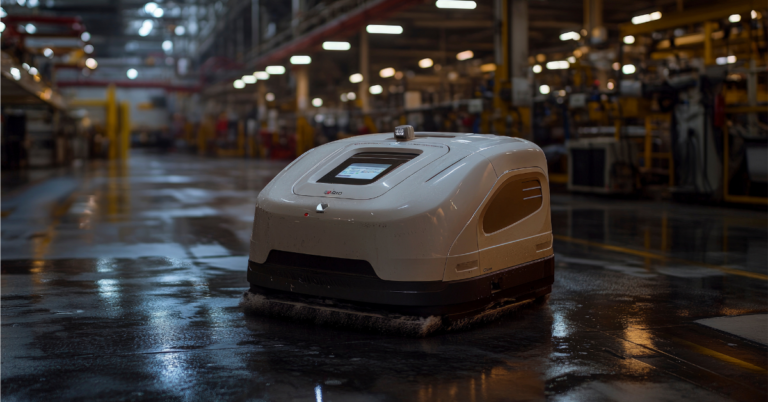For a smoothly running mission, your number one priority is to have a handle on all incoming data. To do so, you have a few options: you can watch the console stream from the robot, run tail on log files, or even go so far as to build your own dashboard. However, when printing or building a robot dashboard from scratch, with text whizzing by so fast, there’s always the risk that crucial information will be lost in the deluge of data and hampering the mission.
When using Formant, you have the ability to better organize and display the information according to the mission’s needs, so you don’t miss a thing. Let’s take a look at the most critical visualizations to have on your dashboard.
1. Battery Level
Battery level is like the gas gauge in your car – always important to keep an eye on. It is especially important when utilizing autonomous robots, as a dead battery can bring an entire task to an abrupt stop. Adding a visualization of the battery level will ensure you have a constant understanding of the robot’s charge and can plan the timing of missions correctly.
2. CPU Load
CPU load is vital to monitor as it has a large impact on the performance of the robot and can help to detect issues before they become large enough to disrupt the mission or task. By monitoring CPU load on a dashboard, you’ll have the ability to determine whether the robot is overloaded and experiencing performance issues, as well as help to robot assist to identify how to fix the issue.
3. Memory
If you’re dealing with larger data types, such as point cloud data that is receiving loads of information from LiDAR, it’s important to keep a close eye on the robot’s memory usage. This way, you can quickly identify if slow-downs are memory-related and get a clue of where you may need to adjust how the incoming data is handled.
4. Localization
During any mission, and especially when working with multiple robots, localization is important to include on a dashboard to have an idea of where each robot within a fleet is at any time. Additionally, when operating indoors, providing a map will give you an even easier view into location.
5. Telemetry
For autonomous vehicles or drones, knowing telemetry data including the device’s altitude (if airborne) or speed of the wheels (if mobile) is important for detecting if your navigation stack is performing as expected. Just as important is to be able to detect immediately if your robot is flying too low or moving too fast, for example, without having to stare at the gauges the entire time. A good conditional eventing and notification system will help with that.
6. Commands
Should an error occur during a mission, accessing commands from your dashboard allows you to respond within seconds, whether it’s commanding a robot to stop, go home to its dock, or fully enter a teleoperation session.
Want to learn more about how you can customize your experience in Formant? Watch our CEO Jeff Linnell discuss how to create custom apps within the platform, here.




